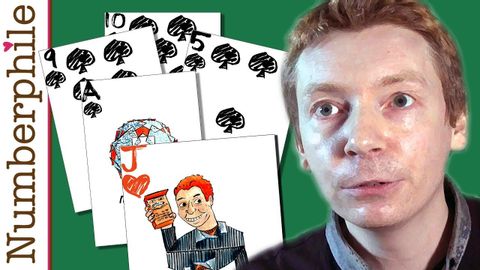
Subtitles & vocabulary
James ❤️ A Card Trick - Numberphile
00
林宜悉 posted on 2020/03/27Save
Video vocabulary
episode
US /ˈɛpɪˌsod/
・
UK /'epɪsəʊd/
- Noun
- One separate event in a series of events
- Show which is part of a larger story
B1TOEIC
More matter
US /ˈmætɚ/
・
UK /'mætə(r)/
- Intransitive Verb
- To be of great importance; to count
- Uncountable Noun
- Material all things are made of that fills space
A1TOEIC
More trick
US /trɪk/
・
UK /trɪk/
- Transitive Verb
- To fool someone in order to obtain a result
- To playfully tease or fool to make someone laugh
- Noun (Countable/Uncountable)
- Act of trying to fool someone
- Quick or skillful way of doing something
A2
More compelling
US /kəmˈpɛlɪŋ/
・
UK /kəmˈpelɪŋ/
- Transitive Verb
- To force someone to do something
- Adjective
- Making you do, believe something; persuasive
B1
More Use Energy
Unlock All Vocabulary
Unlock pronunciation, explanations, and filters
